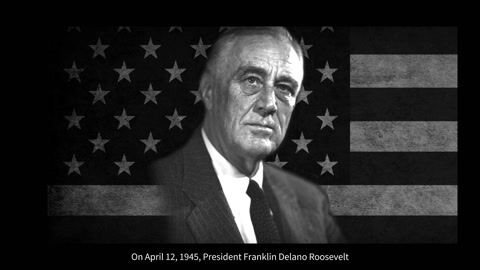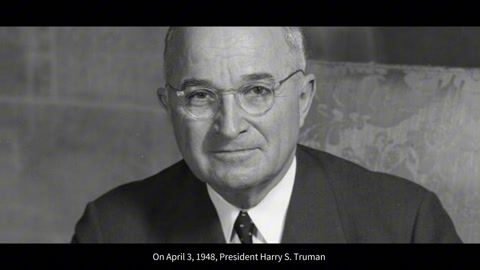- Subjects: Social Issues
- |
- Contributor: Encyclopedia
- Brown v. Board of Education
- education
- racial segregation
On May 17, 1954, the ruling of the Brown v. Board of Education case marked a groundbreaking victory and laid an important foundation for racial equality in the United States.
Linda Brown, a student residing in Topeka, Kansas, had to travel five miles to attend a black-only elementary school each day. Her father tried to enroll her in a nearby school, but the Topeka Board of Education rejected because the school was for white children only. With the help of the National Association for the Advancement of Colored People (NAACP), in 1951, the Brown family and 12 other black families facing similar situations filed a collective lawsuit against the Topeka Board of Education. However, the district court, citing the principle of "separate but equal", dismissed the lawsuit.
Despite the temporary setback, the NAACP did not give up. Branches in various states mobilized local black people to file similar lawsuits. Eventually, the Brown case reached the Supreme Court in 1954.
On May 17, 1954, the Supreme Court unanimously declared racial segregation in schools unconstitutional with a 9-0 decision. The Chief Justice Earl Warren led the court and stated, "Separate educational facilities are inherently unequal."















